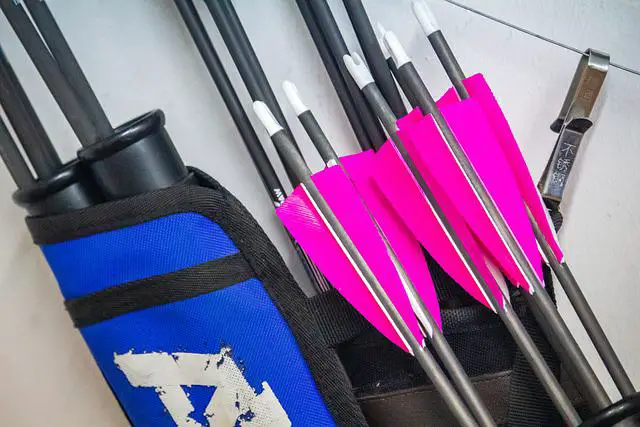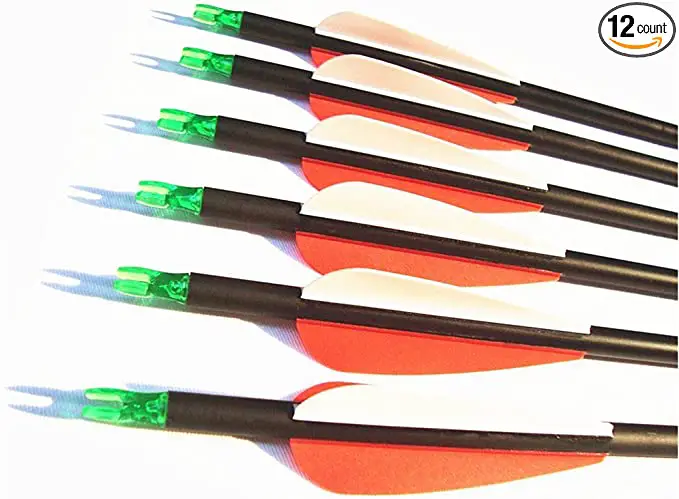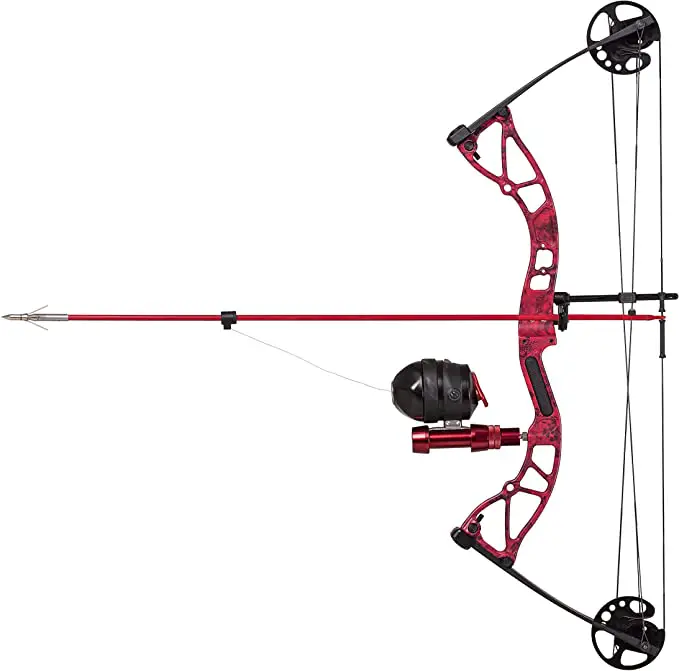The length of an arrow depends on its draw length and spine. An arrow with a 28-inch draw length is roughly 27 inches long. However, it can be significantly longer. Here are some tips for choosing the proper arrow length for a 28-inch draw. If you’re a beginner or an advanced shooter, consider these tips to help you choose an arrow with a perfect length. Read on to learn more.
arrow tip increases arrow’s dynamic spine
The stiffer the curved arc on the arrow, the better it will control the arrow’s dynamic energy after release. As an arrow heads down its course, the stiffer the spine, the better. The flex of the spine can cause the arrow to veer off-course or to hit random spots. In archery, spine strength is measured in several ways.
The stiffness of the shaft can also influence the flexibility of an arrow’s tip. To test the flex of a curved arrow’s dynamic spine, a heavyweight is suspended in the center of the shaft. The amount of flex is measured in inches. Then, the measurement is multiplied by a thousand to get the flex ratio of an arrow with a 28 inch draw.
arrow nock increases arrow’s dynamic spine
A dynamic spine is the bend in an arrow while in flight. Dynamic spine is difficult to measure and quantify. It is usually measured by suspending a weight over a 28 inch arrow shaft. The weight reading is then multiplied by a thousandth-inch scale. The larger the number, the more bend in the spine, and the smaller the number, the stiffer the spine.
An arrow’s dynamic spine is what determines the flight of the arrow once the force of the bow is applied. Typically, an arrow’s dynamic spine should start at the first bend of the arrow shaft, not the second. Bowhunting archers do not pay too much attention to the flight of arrows while they’re resting. That’s why a dynamic spine is so important.
arrow rest affects arrow’s spine
The stiffness of an arrow depends on its materials and the way it’s bonded. Stiffness is measured in thousands of an inch. For a 28-inch draw, a carbon shaft weighing 1.94 lbs would deflect by about half an inch. A rest for an arrow can affect the stiffness of the arrow by one hundredth of an inch or more.
The effect of an arrow rest on an elongated shaft is less obvious. When the arrow is resting, the weight at the rear is not applied to the arrow’s spine. This results in the point of impact being positioned further back than the rest. The force that strikes the point of the arrow has to bend the shaft. This forces the arrow’s spine to bend, and the rest will make it shorter.
Choosing the right bow for your draw length
If you are a novice bow hunter, you should start out by choosing a draw length similar to your arm span and stature. Then, you can make minor adjustments as you get more familiar with the sport. Choosing the right bow for your draw length is not a life or death issue. However, it is important to choose the right bow for your draw length if you want to get the most out of your bow hunting experience.
Choosing the right bow for your draw weight depends on your desired hunting style. For small game, a draw weight of 35 to 40 pounds is sufficient. For medium and large game, you may want to consider heavier draw weights. If you plan on using your bow for hunting large game, you might need a draw weight of more than 50 pounds. For example, a recurve bow is ideal for big game.
Choosing the right arrow length
The arrow length you shoot will depend on your draw weight and other factors. The more the draw weight, the longer the arrow. Longer arrows are more stable and safer for beginners, while shorter ones hurt your accuracy and safety. Choosing the right arrow length for 28 inch draw is a process that takes some trial and error, but it’s well worth the effort. Read on to learn how to choose the right length for your draw length.
First, you’ll need to know the length of your draw. To determine the correct arrow length, nocking a full-length arrow and drawing it backwards will help you estimate the length you need. Then, use a pen to mark where you need to cut the arrow shaft. Then, simply draw back the arrow until it sits behind the riser.




